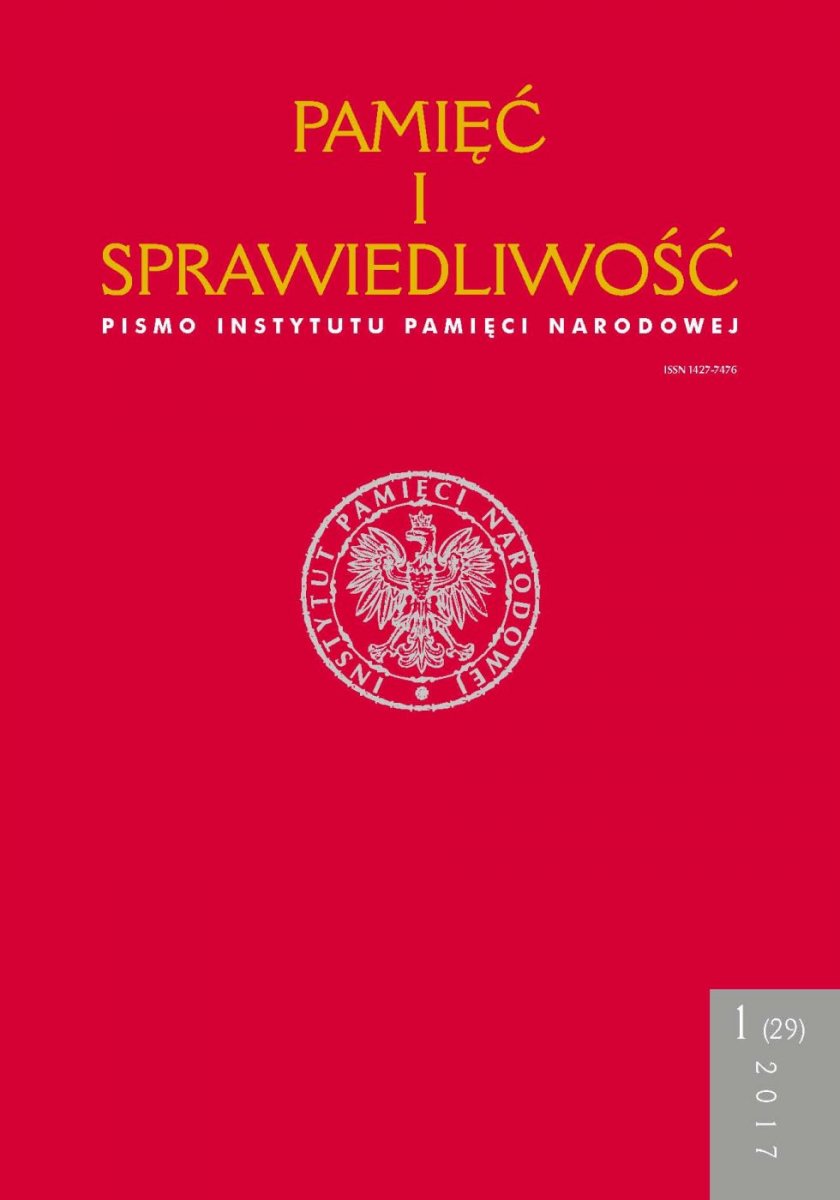Współpraca Departamentu I MSW z Hauptverwaltung Aufklärung MfS w zakresie tajnego pozyskiwania nowych technologii dla przemysłu PRL i NRD w latach 1975–1990
Cooperation between Department I of the Ministry of Internal Affairs and Hauptverwaltung Aufklärung of the MfS with Regard to the Acquisition of New Technologies for the Polish People’s Republic and the German Democratic Republic in 1975–1990
Author(s): Mirosław SikoraSubject(s): Economy, Recent History (1900 till today), International relations/trade, Military policy
Published by: Instytut Pamięci Narodowej
Keywords: intelligence; espionage; technology; science; Polish People’s Republic; East Germany; Cold War;
Summary/Abstract: The intelligence services of the Warsaw Pact and the Council for Mutual Economic Assistance member states cooperated from the moment the Iron Curtain fell over Central and Eastern Europe. As the specific branches of the intelligence expanded following the example of the KGB, information exchange encompassed an increasing range of issues. In the 1950s, following the example set by the USSR, the Polish and East German leaderships of the party and the state started to lay the foundations for the so-called scientific and technical intelligence (WNT), whose task was to provide the economy with innovative technologies, including ones subject to the trade embargo imposed by the capitalist countries. The first half of the 1970s brought dynamic development in the field of organisation and staff of the scientific and technological intelligence across COMECON, which can be seen both in the case of the Polish People’s Republic and the German Democratic Republic. Both countries tried to correlate the tasks of the scientific and technological intelligence (which was known as SWT – Sektor für Wissenschaft und Technik – in East Germany) with the national research and development goals set for the economy. As regards the general technology level, the GDR had advantage over all other COMECON countries, including the USSR, which also had impact on relations with Poland, which was much more underdeveloped. The author begins his tale by outlining the economic position of both countries and their joint projects in the areas of research and development and the industry. The author’s primary intention was to determine the chronology of clandestine contact between both scientific and technological intelligence services, show the thematic spectrum and the scale of information exchange, and to define the points of gravity of the cooperation. The analysis of archival documents created by Department I of the Ministry of Internal Affairs on one hand and by various divisions in the Ministerium für Staatssicherheit on the other makes it possible to determine that components of both countries’ intelligence active in the field of science and technology submitted analyses and informational materials to each other, particularly in the field of nuclear energy and the military complex of NATO countries, as early as the late 1950s. The cooperation deepened around the mid-1970s, where annual consultation between the managements of the WNT and the SWT combined with exchange of experience with regard to industrial espionage became a standard. With the passage of time, the interest of both services expanded into all key branches of the industry such as metallurgy and exploitation of natural deposits, polymer chemistry and biotechnology, and particularly microelectronics and information technology. In the 1980s, the cooperation reached its most advanced stage and encompassed mutual exchange of construction and technological documentation and designs, as well as samples of materials and chemical compounds obtained on the “black market” (i.e. through informers recruited in Western companies).
Journal: Pamięć i Sprawiedliwość.
- Issue Year: 29/2017
- Issue No: 1
- Page Range: 506-539
- Page Count: 34
- Language: Polish

